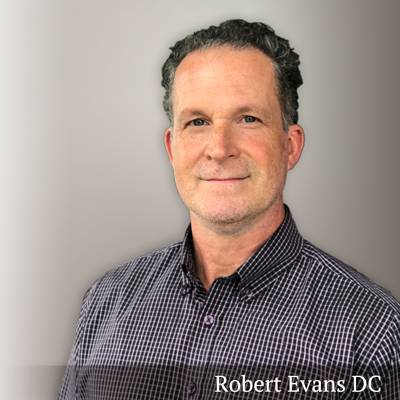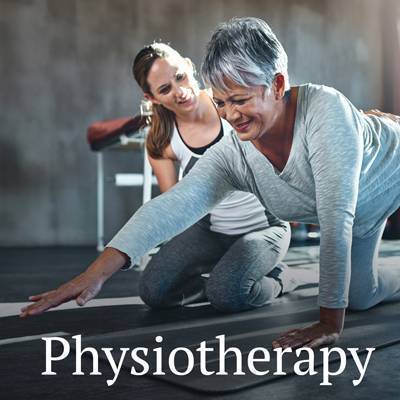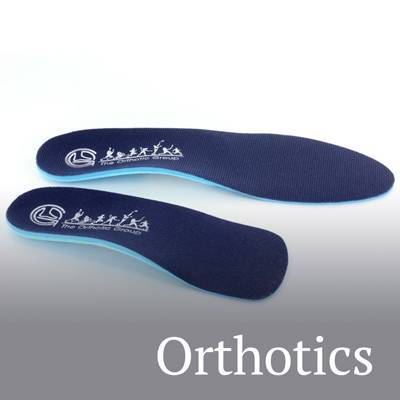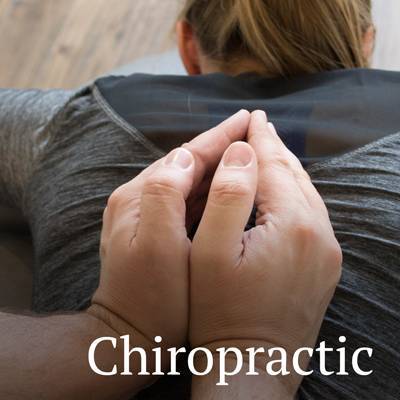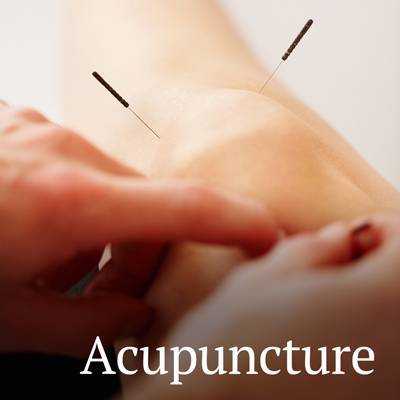How does Chiropractic work?
At CareWell Health Group, our chiropractor (Dr. Evans) primarily use a manual (hands-on) approach to care. This may consist of a variety of soft tissue muscle techniques and/or joint manipulation. Joint manipulation (also called an adjustment) simply put, occurs when the chiropractor moves a joint creating a negative pressure inside the joint capsule. This causes a gas bubble to form and collapse (often creating a cracking or popping sound). This is not the sound of “bones cracking”, and the sound itself has no therapeutic effects. However, the thrust on the joint restores proper movement in the joints, reduces pain and relaxes muscles.
Some patients are not able to tolerate manual manipulation due to low bone density or other medical conditions. Other treatments often used by our chiropractors include soft tissue massage techniques, gentle joint mobilization, medical acupuncture, electrotherapy (such as TENS and micro-current), exercise instruction, and orthotic inserts or braces.
Safe and effective care
Chiropractic also places an emphasis on nutritional and exercise programs, wellness and lifestyle modifications for promoting physical and mental health. Research on Chiropractic care has shown it to be one of the safest, most effective, choices in the treatment of musculoskeletal disorders, especially in the treatment low back pain, neck pain and headache.

Part of your healthcare team
While chiropractors do not use drugs or surgery in their practice, Doctors of Chiropractic do refer patients to other health providers when those interventions are indicated. Chiropractors should not be considered a substitute for your family doctor, but rather an important part of your health care team.
Common conditions treated
Back strain/sprain are experienced by approximately 75-80% of adults at some time in their lives. Sprains are caused when ligaments are injured (pulled or torn), while Strains involve injury to a muscle and/or a tendon.
Headaches are commonly caused by referred neck pain. The pain from this type of headache is usually felt at the back of the head, in the temples, and/or behind the eyes. A cervicogenic headache may be mistaken for migraines or cluster headaches.
Myofascial Pain Syndrome is a chronic pain disorder where pressure on sensitive points in your muscles, called trigger points. The condition can vary in pain intensity and can feel like an annoying “knot” in your muscle, usually occurring after a muscle is used repeatedly.
Degenerative disc disease (DDD) is almost always associated with ageing. The discs in your spine will become less hydrated or break down due to years of strain, overuse, or misuse. The discs may lose flexibility and shock absorption, which can result in joint and muscle dysfunction as the body adapts to the condition.
Coccydynia (pain in the spine’s tailbone) usually results from a fall or from prolonged bike riding. Sometimes the pain begins without any known cause. This condition results in difficulty sitting, due to pain.
Neck Strain/Sprain are common and respond well to chiropractic care. In many cases, dysfunction in the neck can be the cause of headaches as well.
Whiplash is a hyperflexion/hyperextension injury commonly occurring when a motor vehicle is rear-ended. The condition can cause severe neck sprain and/or strain, along with headaches, and numbness/tingling in the arms.
Sciatica may occur when the sciatic nerve or a branch of the sciatic nerve is compressed or becomes irritated. The pain generally occurs in only one side of the back and radiates to the posterior thigh (back of the leg to the knee). The pain can be sharp, shooting, or feel like an electric shock. Chiropractic care that incorporates medical acupuncture usually delivers fast and effective results.
Short Leg Discrepancy is also known as leg length inequality (one leg is shorter than the other). It can be caused by different types of structural (eg, birth defect) or postural problems (eg, pelvic tilt). This can be addressed by chiropractic treatment and or with a heel lift added to custom orthotics.
Spondylosis or Osteoarthritis may affect the spine’s facet joints or other bones. This type of arthritis is often associated with ageing.
TMJ Disorders (Jaw Pain) can result from stress, dental surgery or trauma to the jaw. The condition can be worse at night or when eating. Through the use of hands-on techniques or acupuncture, the function of muscles of the jaw can be normalized, resulting in pain reduction or complete resolution.

